For a look at my research papers , tutorials and other scientific texts see my website https://pessoap.github.io/
A testament to the great people we work with (and the unwavering rigor of Bayesian approaches, impervious to hype) 😊 🙏
news.asu.edu/b/20251021-a...
A testament to the great people we work with (and the unwavering rigor of Bayesian approaches, impervious to hype) 😊 🙏
news.asu.edu/b/20251021-a...
Tomorrow I’ll be giving a chalk talk on our new eLife:
“REPOP: bacterial population quantification from plate counts”
elifesciences.org/reviewed-pre...
Looking forward to seeing you!!
#eLife #datascience #biophysics #bioinformatics #Bayesian #REPOP

Tomorrow I’ll be giving a chalk talk on our new eLife:
“REPOP: bacterial population quantification from plate counts”
elifesciences.org/reviewed-pre...
Looking forward to seeing you!!
#eLife #datascience #biophysics #bioinformatics #Bayesian #REPOP
If you do #PlateCounting, you may want to take a look at our new eLife @elife.bsky.social
If you don't, I still encourage you to join for an interesting discussion.
Follow the thread 🧵
elifesciences.org/reviewed-pre...
#Microbiology #DataScience #PyTorch #QuantitativeBiology #REPOP
If you do #PlateCounting, you may want to take a look at our new eLife @elife.bsky.social
If you don't, I still encourage you to join for an interesting discussion.
Follow the thread 🧵
elifesciences.org/reviewed-pre...
#Microbiology #DataScience #PyTorch #QuantitativeBiology #REPOP
🎧 There's an AI-generated podcast of my #TimeSeriesForecasting paper 🤔🤔
www.youtube.com/watch?v=3BNz...
Not sure whether to feel flattered, creeped out, or alarmed.
That is the future I guess 🤷♂️🤷♂️
To read the full paper: doi.org/10.1088/2632...

🎧 There's an AI-generated podcast of my #TimeSeriesForecasting paper 🤔🤔
www.youtube.com/watch?v=3BNz...
Not sure whether to feel flattered, creeped out, or alarmed.
That is the future I guess 🤷♂️🤷♂️
To read the full paper: doi.org/10.1088/2632...
The class of stochastic models we can simulate is A LOT larger than the ones we can write likelihoods.
What if we could learn the likelihood directly from simulation? See the 🧵👇
arxiv.org/abs/2506.09374
#SimulationBasedInference #Neuralnetworks #AI

The class of stochastic models we can simulate is A LOT larger than the ones we can write likelihoods.
What if we could learn the likelihood directly from simulation? See the 🧵👇
arxiv.org/abs/2506.09374
#SimulationBasedInference #Neuralnetworks #AI
If you do #PlateCounting , I want you to take a look at this new preprint.🧫🧫🧫
If you don't, I still encourage you to join for an interesting discussion.
Follow the thread 🧵
doi.org/10.1101/2025...
#Microbiology #DataScience #PyTorch #QuantitativeBiology #REPOP

If you do #PlateCounting , I want you to take a look at this new preprint.🧫🧫🧫
If you don't, I still encourage you to join for an interesting discussion.
Follow the thread 🧵
doi.org/10.1101/2025...
#Microbiology #DataScience #PyTorch #QuantitativeBiology #REPOP
Today, we celebrate π with a fun (but dubious) way to calculate it:
1️⃣ Toss random points into a square.
2️⃣ Count how many land inside the inscribed circle.
3️⃣ Use the ratio to approximate π/4
labpresse.com/2053-2/
#Bayes #DataScience #MonteCarlo #Probability
Today, we celebrate π with a fun (but dubious) way to calculate it:
1️⃣ Toss random points into a square.
2️⃣ Count how many land inside the inscribed circle.
3️⃣ Use the ratio to approximate π/4
labpresse.com/2053-2/
#Bayes #DataScience #MonteCarlo #Probability
Answer: Protein that destroys large language models
😂 😂 😂
#AI #biophysics #BPS2025
Answer: Protein that destroys large language models
😂 😂 😂
#AI #biophysics #BPS2025
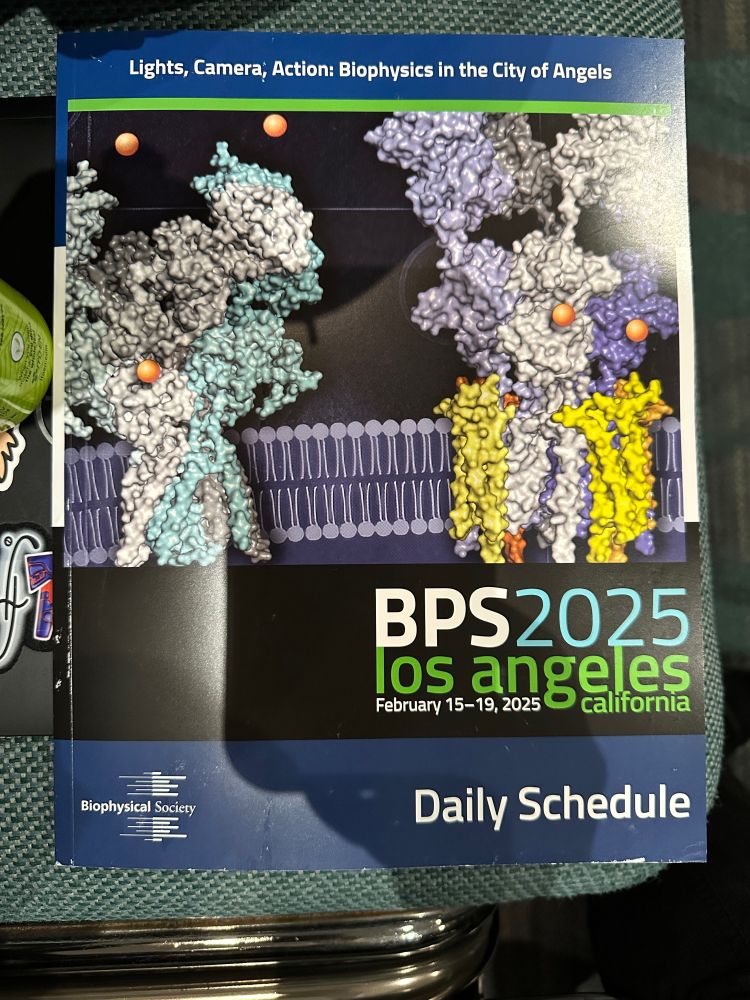
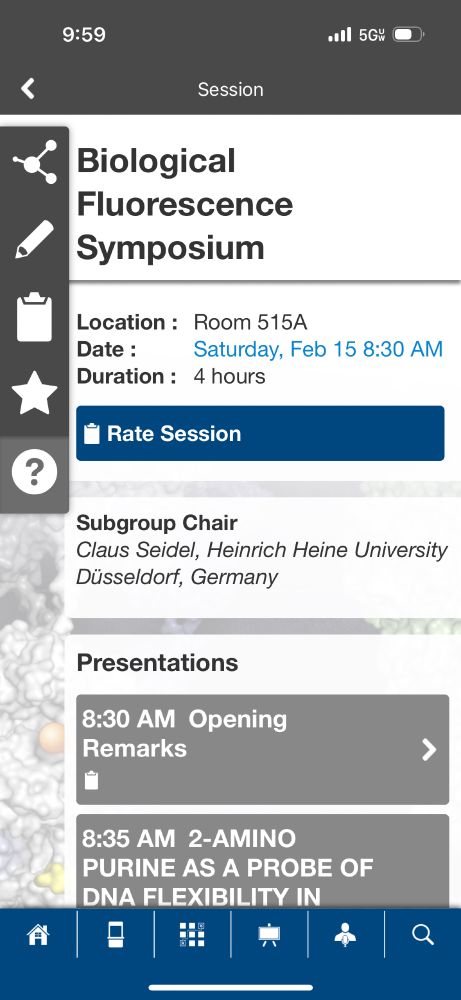
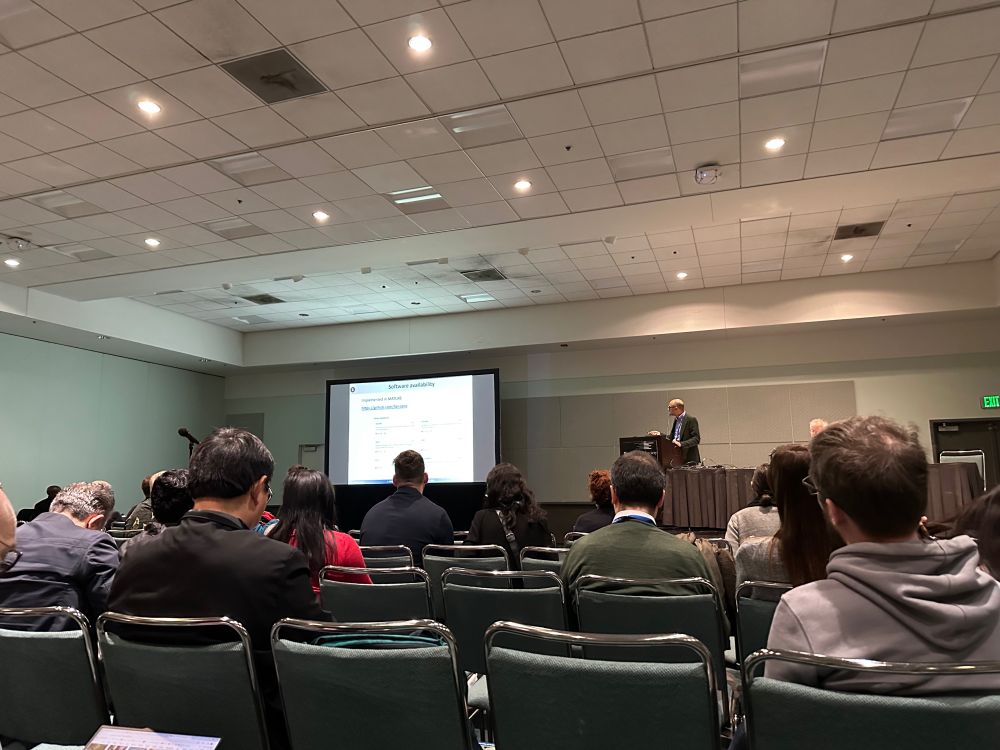
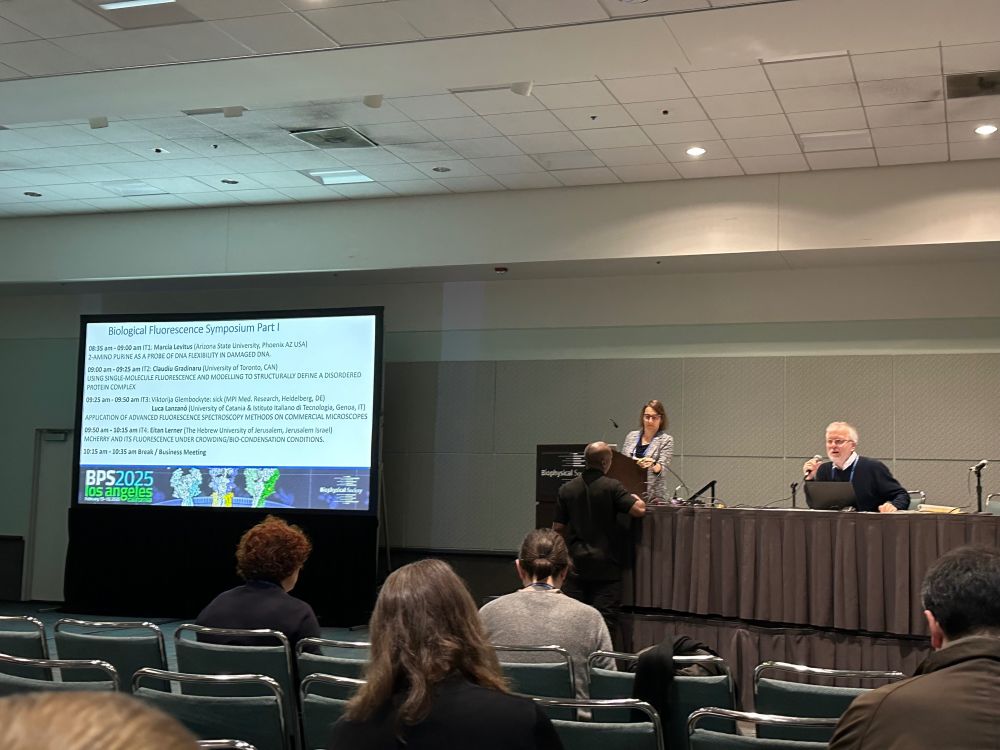
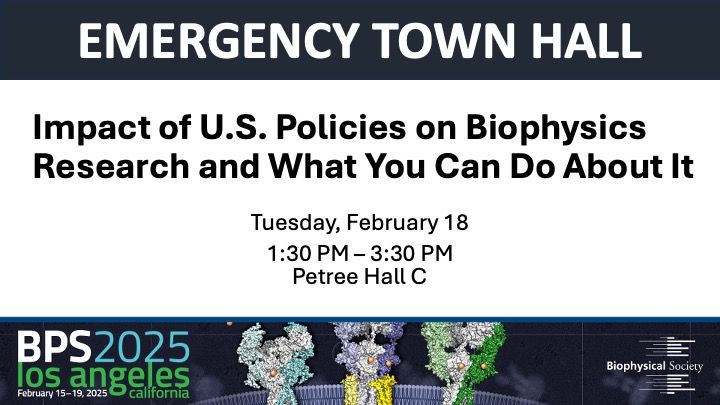
This week, I'm attending the #BPS2025 Annual Meeting in Los Angeles.
Interestingly, all the works I'm co-authoring are scheduled at the same time: Tuesday, February 18, from 1:45 PM to 3:45 PM.
#Biophysics #Bayesian #AI #Statistics #Research #Science
This week, I'm attending the #BPS2025 Annual Meeting in Los Angeles.
Interestingly, all the works I'm co-authoring are scheduled at the same time: Tuesday, February 18, from 1:45 PM to 3:45 PM.
#Biophysics #Bayesian #AI #Statistics #Research #Science
Follow the🧵
#ProblemSolving #Mathematics #Logic #DataScience #Mathematics #Science #STEM #Education

Follow the🧵
#ProblemSolving #Mathematics #Logic #DataScience #Mathematics #Science #STEM #Education
Here on BlueSky I will share my tutorials in datascience, statistics, and AI.
For a nice start, see my tutorial on solving differential equations using neural networks.
labpresse.com/solving-diff...
#AI #Physics #PyTorch #PINNs #NeuralNetworks #DifferentialEquations #science
Here on BlueSky I will share my tutorials in datascience, statistics, and AI.
For a nice start, see my tutorial on solving differential equations using neural networks.
labpresse.com/solving-diff...
#AI #Physics #PyTorch #PINNs #NeuralNetworks #DifferentialEquations #science
I am pleased to announce a new paper and a new software package: NFdeconvolve! 🎉🎉🎉🎉🎉🎉🎉🎉🎉🎉
📄 ArXiv – arxiv.org/abs/2501.08288
🛠️ GitHub – github.com/PessoaP/NFde...
Follow the🧵
#datascience #MachineLearning #NormalizingFlows #Deconvolution #SignalProcessing #statistics #python
I am pleased to announce a new paper and a new software package: NFdeconvolve! 🎉🎉🎉🎉🎉🎉🎉🎉🎉🎉
📄 ArXiv – arxiv.org/abs/2501.08288
🛠️ GitHub – github.com/PessoaP/NFde...
Follow the🧵
#datascience #MachineLearning #NormalizingFlows #Deconvolution #SignalProcessing #statistics #python



